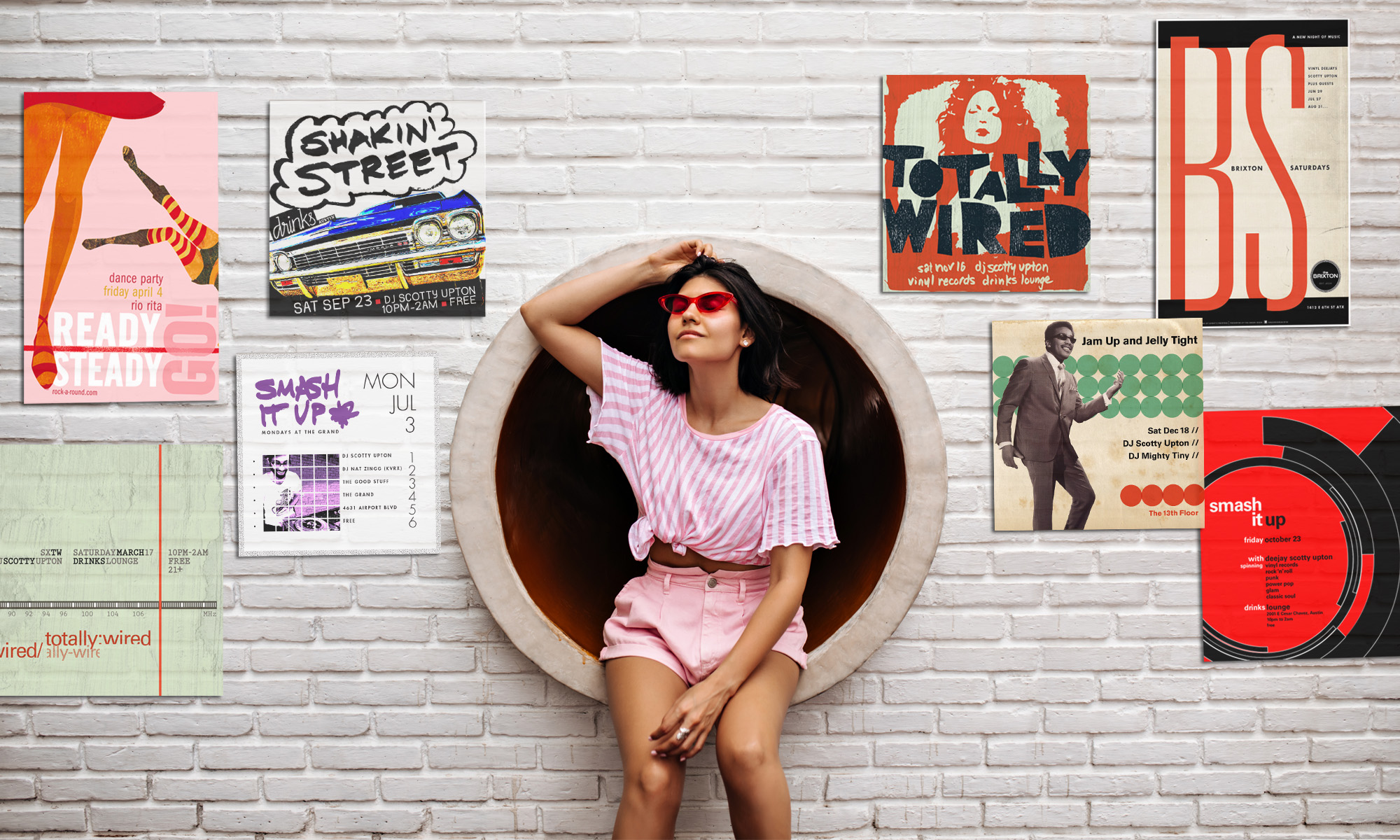There are various reasons for qualifying a typeface as terrible for use in professional design. Some are overused, illegible, ugly, excessively cute, or a combination thereof. The following are the five worst, painstakingly ranked (and sure to be avoided) by yours truly.
![]()
A monospaced slab-serifed typeface designed in 1955 and originally intended for electric typewriters, whenever I see Courier used in print, I imagine the designer or printer failed to provide the proper font and Courier was its replacement by default. Handy only for computer coders who need columns of aligned text.
![]()
The de facto choice when a lazy designer/printer wishes to add some “elegance” to a business card or invitation. Illegible and clunky. Must resist.
![]()
Designed in 1942 and it looks it. Illegible. Vulgar. For added fun, try using it in all caps.

Since the 1990s, Papyrus has been made available to just about every computer in the world. And its use has exploded. I am sure poor Papyrus designer Chris Costello never intended text to be set at 12 point size! Film director James Cameron damned the torpedoes by famously using a variation of the typeface for his Avatar movie poster. Unfortunate.
![]()
The “best worst” typeface ever, and a product of Microsoft. This casual and “cute” typeface designed by Vincent Connare in 1995 is the ultimate in amateurishness. There is even a movement to ban Comic Sans. Avoid using it, even if designing a comic!
Runners up were Curlz MT, Lazybones, Times New Roman, and Arial. Did I leave out your favorite? Leave a comment and let me know why.





 The recent concept of prêt-à-porter or “shelf” logos involves the online offering of pre-designed corporate logos with exclusive ownership (i.e., the logo design may not be resold). A few companies have cloned the online business model, but the geniuses at South Africa-based
The recent concept of prêt-à-porter or “shelf” logos involves the online offering of pre-designed corporate logos with exclusive ownership (i.e., the logo design may not be resold). A few companies have cloned the online business model, but the geniuses at South Africa-based